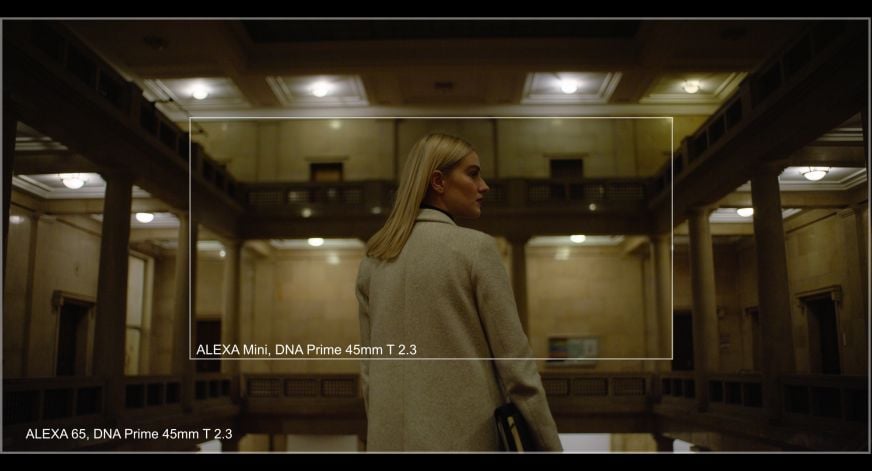
August 2021
Shot CraftLarge-Format Cinematography — A Close-Up
Shooting “large format” is one of the most popular current trends in cinematography, but there are quite a few misconceptions about LF and its usage.

Shooting “large format” is one of the most popular current trends in cinematography, but there are quite a few misconceptions about LF and its usage.
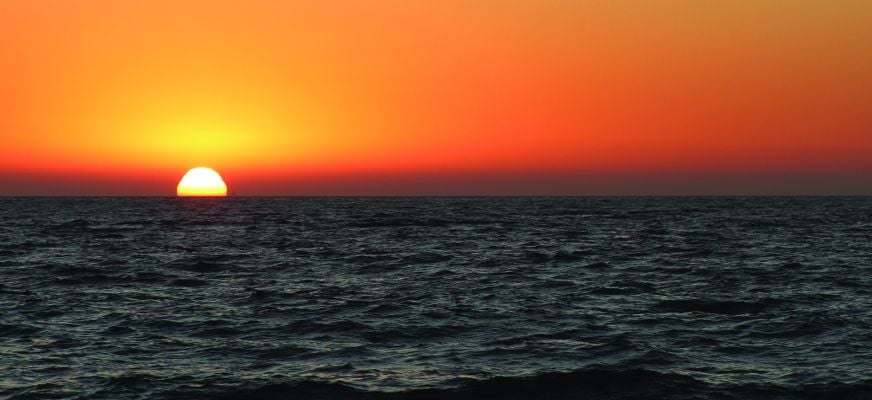
Cinematographers working in independent film must learn to make the most of limitations — limited funds, limited time, limited gear and limited crew — in order to realize the director’s vision.
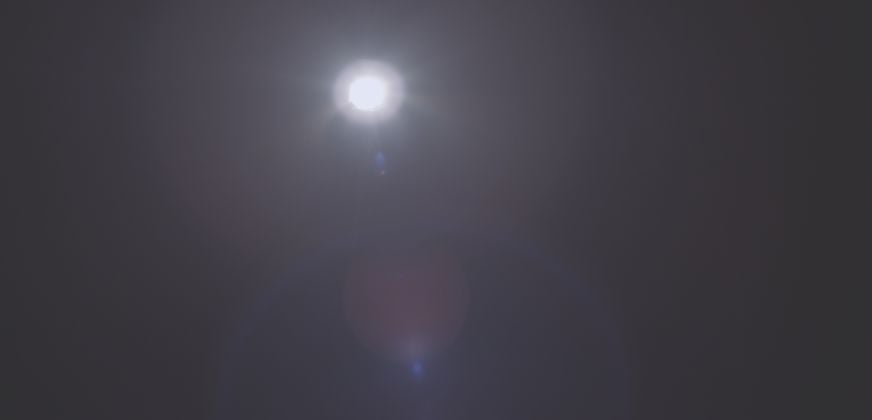
Looking at more specified testing techniques that examine particular characteristics of a given lens.
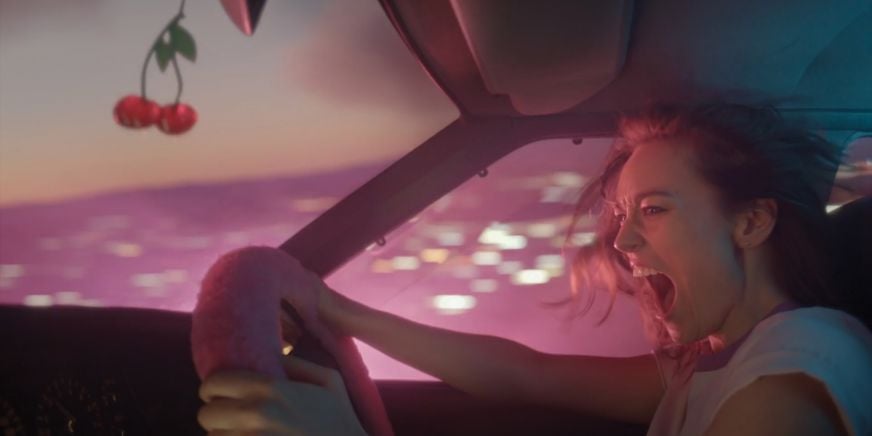
“On commercials, I get the chance to cut my teeth on different tools and techniques in a short period of time.” Leading cinematographers discuss their short-form work.
Testing of this kind — which is adaptable to many different types of equipment — is part of how you build your mental Rolodex of tools.

Many cinematographers will testify that they try not to visualize the script on the first read. Instead, they will distill the script to the essence or heart of the story.
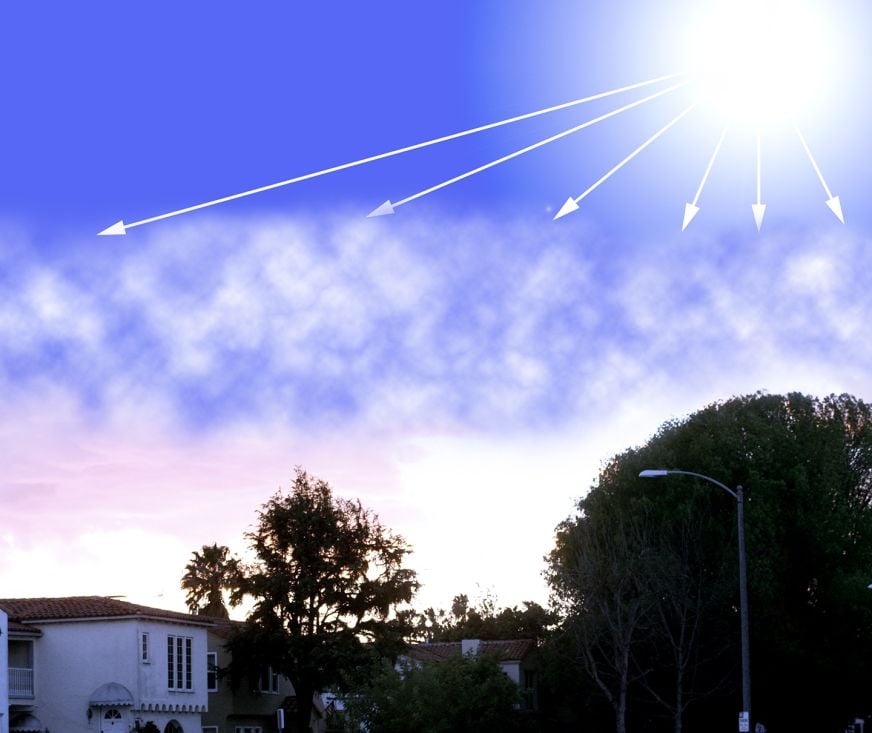
The primary characteristics of light that a cinematographer must learn to master are intensity, color and quality. Here we’ll take a look at the fundamentals of quality.
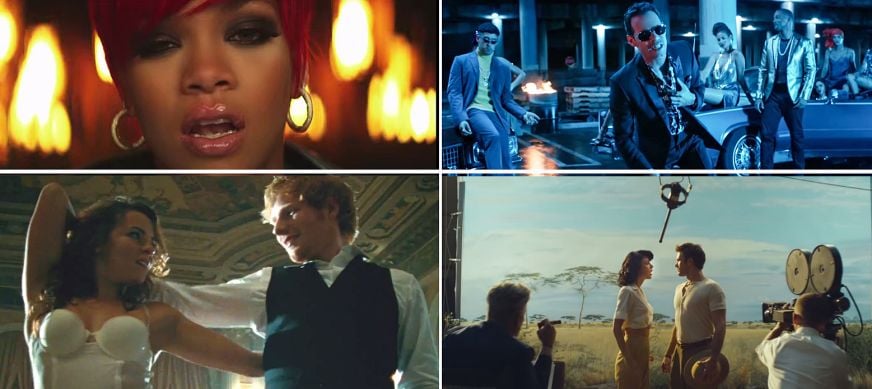
Three ASC members — Daniel Pearl, Christopher Probst and Joe Labisi — discuss the creative opportunities offered by this unique art form, as well as the difficulties of tight budgets and timelines.
Act now to receive 12 issues of the award-winning AC magazine — the world’s finest cinematography resource.


